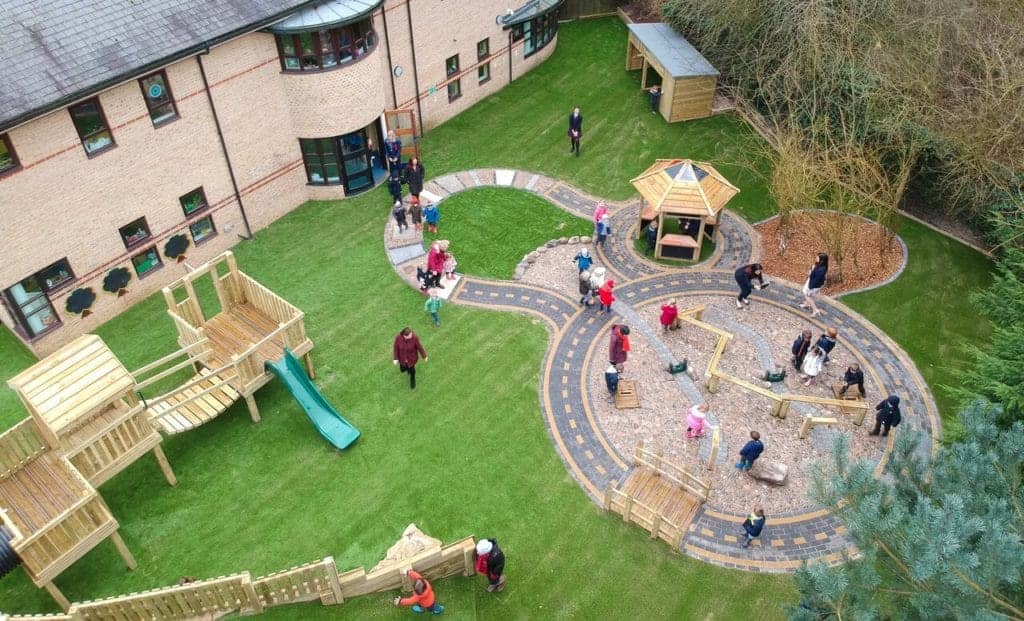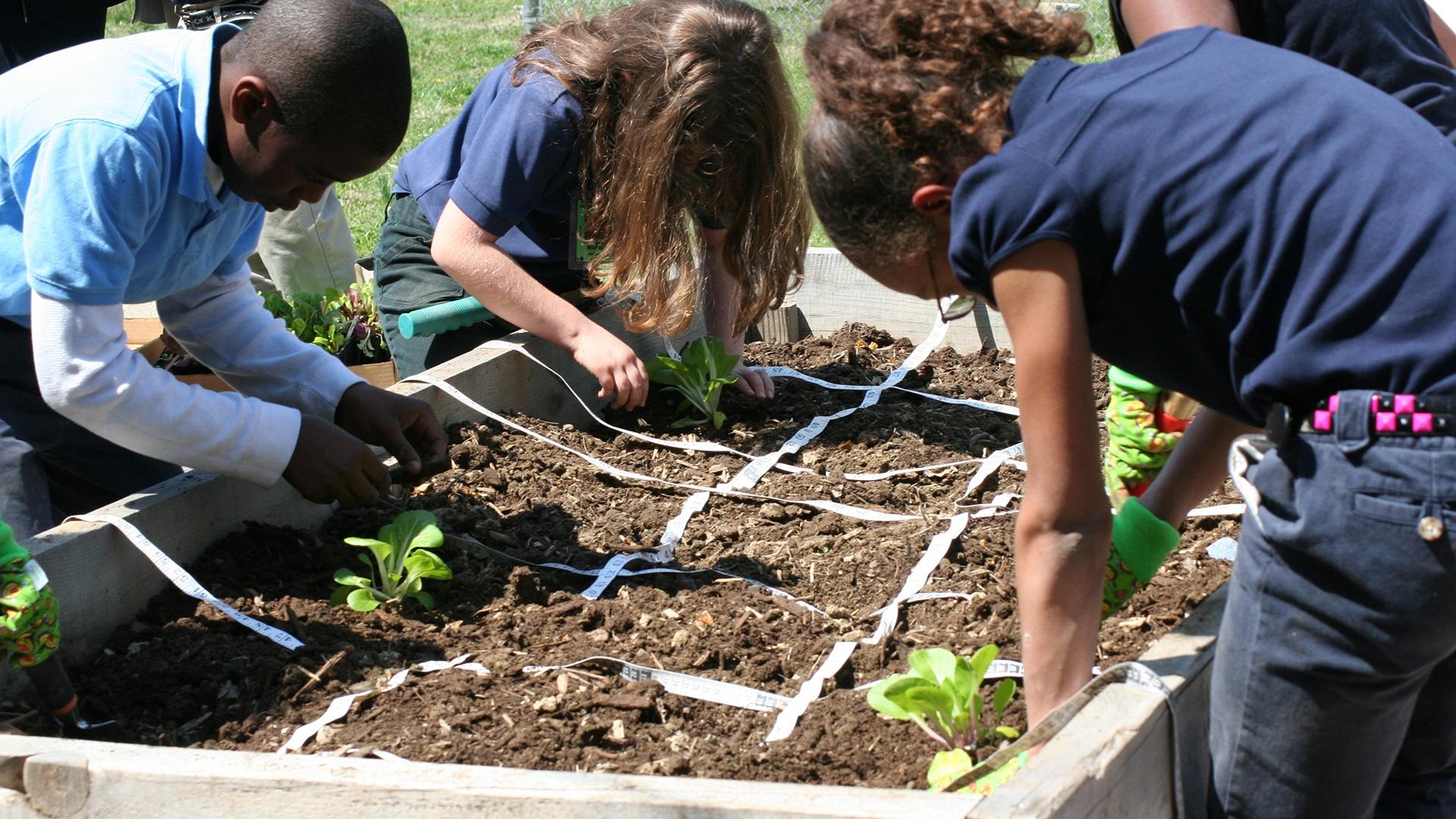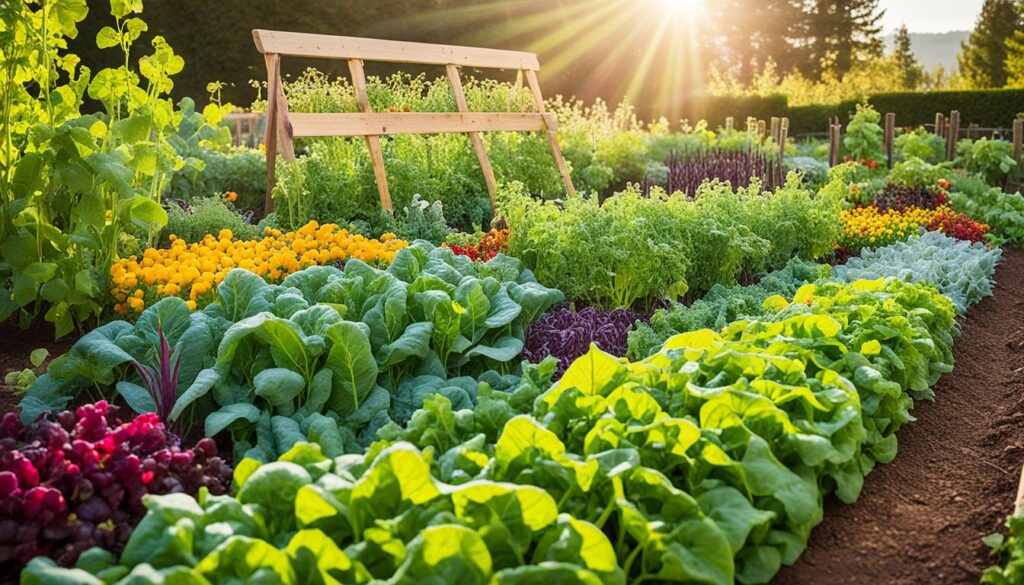
The world is a classroom, and the outdoors, its most captivating chapter. For children, the allure of fresh air, sunshine, and the boundless possibilities of nature is undeniable. This isn’t just about recess; it’s about creating intentional, enriching outdoor learning environments that foster curiosity, ignite a passion for discovery, and lay the foundation for a lifetime of learning. In this comprehensive guide, we’ll delve into the art and science of designing these spaces, exploring everything from the core principles to practical implementation, ensuring that every child has the opportunity to thrive in the open air.
The Power of Outdoor Learning
Why bother with outdoor learning? The benefits are plentiful and well-documented. It’s not just about fun and games; it’s about holistic development. Let’s explore some of the key advantages:
- Enhanced Cognitive Development: Exposure to diverse stimuli in natural environments sharpens cognitive skills. Children learn through direct experience, problem-solving, and exploration, leading to deeper understanding and retention.
- Improved Physical Health: Outdoor play encourages physical activity, combating sedentary lifestyles and promoting overall health. Fresh air, sunlight (with appropriate protection), and movement contribute to stronger bodies and immune systems.
- Boosted Social-Emotional Skills: Outdoor settings provide ample opportunities for collaboration, communication, and conflict resolution. Children learn to negotiate, share, and build relationships in a less structured and more dynamic environment.
- Heightened Creativity and Imagination: Nature is a boundless source of inspiration. Open-ended play with natural materials fosters creativity, imagination, and the ability to think outside the box.
- Increased Environmental Awareness: Experiencing nature firsthand cultivates a sense of wonder and respect for the environment. Children develop a deeper understanding of ecosystems and the importance of sustainability.
- Reduced Stress and Improved Well-being: Spending time outdoors has a calming effect, reducing stress levels and promoting a sense of well-being. Nature provides a respite from the pressures of modern life, allowing children to relax and recharge.
Core Principles of Designing Outdoor Learning Environments
Creating a truly effective outdoor learning environment requires careful planning and a deep understanding of child development. Here are some fundamental principles to guide your design process:
- Safety First: Safety is paramount. Conduct a thorough risk assessment, identifying and mitigating potential hazards. Ensure adequate supervision and age-appropriate equipment.
- Accessibility for All: The environment should be accessible to children of all abilities. Consider ramps, pathways, and adapted equipment to ensure inclusivity.
- Natural Materials and Loose Parts: Embrace natural materials like wood, stone, and water. Provide loose parts – objects that can be moved, manipulated, and combined in countless ways – to encourage open-ended play and creativity.
- Variety and Flexibility: Offer a diverse range of spaces and activities to cater to different interests and learning styles. Design the environment to be flexible and adaptable, allowing for changes and modifications as needed.
- Connection to Nature: Prioritize opportunities for children to connect with nature. Incorporate plants, trees, water features, and natural habitats to create a sense of wonder and appreciation for the natural world.
- Age-Appropriateness: Design the environment to meet the developmental needs of the target age group. Consider the physical, cognitive, and social-emotional abilities of the children.
- Sensory Experiences: Engage all the senses. Incorporate textures, sounds, smells, and visual elements to create a rich and stimulating environment.
- Sustainability: Consider the environmental impact of your design. Use sustainable materials, conserve water, and incorporate elements that promote biodiversity.
- Collaboration and Community Involvement: Involve children, educators, parents, and the community in the design process. This fosters a sense of ownership and ensures that the environment meets the needs of all stakeholders.
Key Elements of a Successful Outdoor Learning Environment
Let’s break down the essential elements that contribute to a thriving outdoor learning space:
1. Natural Play Areas
These are the heart of any outdoor learning environment. They provide opportunities for unstructured play, exploration, and discovery. Consider these key features:
- Climbing Structures: Encourage physical activity and gross motor skill development. Choose structures made from natural materials like wood or rope.
- Sand and Water Play: Offer opportunities for sensory exploration, imaginative play, and scientific investigation. Provide sandboxes, water tables, and accessories like buckets, shovels, and pipes.
- Mud Kitchens: Allow children to get messy and creative. Provide pots, pans, utensils, and natural ingredients like mud, water, leaves, and twigs.
- Natural Playgrounds: Integrate natural features like hills, mounds, and logs to create a dynamic and engaging play space.
- Loose Parts Play: Provide a variety of loose parts, such as wooden blocks, tires, fabrics, and natural materials, to encourage open-ended play and creativity.
2. Nature Exploration Areas
These areas encourage children to connect with nature and learn about the environment. They might include:
- Gardens: Provide opportunities for children to plant, grow, and harvest their own fruits, vegetables, and flowers.
- Wildflower Meadows: Create habitats for pollinators and other wildlife.
- Woodland Areas: Offer opportunities for exploration, nature walks, and observation.
- Composting Systems: Teach children about the importance of recycling and sustainability.
- Bird Feeders and Houses: Attract birds and provide opportunities for observation and learning.
3. Learning Zones
Designated areas can support specific learning activities. Consider these options:
- Outdoor Classrooms: Provide sheltered areas for group activities, lessons, and storytelling.
- Reading Nooks: Create cozy spaces with comfortable seating and access to books.
- Art Stations: Offer easels, tables, and art supplies for creative expression.
- Science Centers: Provide tools and materials for scientific investigation and experimentation.
- Construction Zones: Provide building materials such as blocks, planks, and recycled materials for construction projects.
4. Sensory Gardens
These gardens are designed to stimulate the senses and provide unique learning experiences. Consider these elements:
- Fragrant Plants: Plant herbs and flowers with strong scents.
- Textured Surfaces: Use different types of paving, such as gravel, wood chips, and smooth stones.
- Sound Elements: Incorporate wind chimes, water features, and musical instruments.
- Tactile Materials: Provide opportunities to touch and explore different textures, such as soft plants, rough bark, and smooth stones.
5. Gathering Spaces
These areas provide opportunities for social interaction, community building, and quiet reflection. Consider these options:
- Seating Areas: Provide benches, logs, or other seating options for children to gather and socialize.
- Fire Pits (with appropriate safety measures): Offer opportunities for storytelling, cooking, and community gatherings.
- Amphitheaters: Create a space for performances, presentations, and outdoor events.
Practical Tips for Creating Your Outdoor Learning Environment
Now that we’ve covered the core principles and key elements, let’s get practical. Here are some tips to help you bring your vision to life:
- Start Small: Don’t feel overwhelmed. Begin with a small project and gradually expand your environment.
- Involve the Children: Ask the children what they want to see in their outdoor space. Their input is invaluable.
- Assess Your Space: Evaluate the existing environment. Consider the sun, shade, drainage, and existing features.
- Create a Master Plan: Develop a comprehensive plan that outlines your goals, budget, and timeline.
- Source Materials Wisely: Look for sustainable, affordable, and age-appropriate materials. Consider recycled and repurposed items.
- Prioritize Safety: Always put safety first. Regularly inspect equipment and the environment for potential hazards.
- Provide Shade: Ensure there is adequate shade to protect children from the sun. Consider trees, shade sails, or covered structures.
- Incorporate Water Features: Water play is essential. Consider a water table, a small pond, or a natural water feature.
- Add Greenery: Plant trees, shrubs, and flowers to create a vibrant and inviting environment.
- Consider Accessibility: Ensure that the environment is accessible to children of all abilities.
- Maintenance is Key: Establish a regular maintenance schedule to keep the environment safe, clean, and inviting.
- Seek Inspiration: Visit other outdoor learning environments, research best practices, and gather ideas.
- Embrace Imperfection: Outdoor learning environments are living spaces. They will evolve and change over time. Embrace the process and be open to experimentation.
Designing for Different Age Groups
The needs of a toddler are vastly different from those of a pre-teen. Tailoring your outdoor learning environment to the specific age group is critical for maximizing its impact. Here’s a breakdown:
Toddlers (Ages 1-3)
- Focus: Safety, sensory exploration, and gross motor skill development.
- Key Features: Soft surfaces (grass, mulch), low climbing structures, sand and water play, areas for crawling and exploring, accessible pathways, enclosed spaces for security.
- Activities: Sensory bins, water play, digging, building with large blocks, simple obstacle courses, music and movement.
- Materials: Soft, safe, and durable materials. Avoid small parts that could be choking hazards.
Preschoolers (Ages 3-5)
- Focus: Social interaction, imaginative play, early literacy and numeracy, and developing fine motor skills.
- Key Features: Climbing structures, slides, swings, mud kitchens, sand and water play areas, outdoor classrooms, art stations, dramatic play areas, areas for digging and gardening.
- Activities: Dramatic play, building with blocks, painting, drawing, gardening, storytelling, nature walks, simple science experiments.
- Materials: A variety of natural and man-made materials, including building blocks, art supplies, and gardening tools.
Elementary School Children (Ages 6-10)
- Focus: Problem-solving, collaboration, critical thinking, scientific investigation, and creativity.
- Key Features: More complex climbing structures, obstacle courses, areas for sports and games, outdoor classrooms, science centers, gardens, areas for building and construction, and spaces for quiet reflection.
- Activities: Sports, games, science experiments, gardening, building projects, creative writing, and dramatic performances.
- Materials: A wider range of materials, including tools, equipment for science experiments, and art supplies.
Middle School and Beyond (Ages 11+)
- Focus: Independence, leadership, advanced problem-solving, and exploration of interests.
- Key Features: Areas for sports and recreation, gardens, areas for building and construction, outdoor classrooms, spaces for social gatherings, and areas for independent projects.
- Activities: Team sports, gardening, building projects, community service projects, and leadership activities.
- Materials: Tools, equipment for projects, and resources for research and exploration.
Overcoming Challenges
Creating an outdoor learning environment is not without its challenges. Here’s how to navigate some common hurdles:
- Weather: Consider the local climate and design the environment to accommodate different weather conditions. Provide shade, shelter from the wind, and protection from the rain.
- Budget: Start small and gradually expand your environment. Seek grants, donations, and community support. Utilize recycled and repurposed materials.
- Space Constraints: Even small spaces can be transformed into engaging outdoor learning environments. Think creatively and utilize vertical space.
- Maintenance: Establish a regular maintenance schedule and involve the children in the upkeep of the environment.
- Resistance to Change: Educate stakeholders about the benefits of outdoor learning and address any concerns they may have.
- Safety Concerns: Conduct thorough risk assessments and implement safety measures to mitigate potential hazards.
The Role of Educators
Educators play a vital role in bringing the outdoor learning environment to life. Here’s how they can maximize its potential:
- Embrace the Outdoors: Be enthusiastic and passionate about outdoor learning.
- Facilitate, Don’t Dictate: Encourage exploration and discovery, rather than directing activities.
- Observe and Adapt: Pay attention to the children’s interests and adjust activities accordingly.
- Provide Open-Ended Questions: Encourage critical thinking and problem-solving.
- Integrate Curriculum: Connect outdoor activities to the curriculum.
- Create a Sense of Community: Foster collaboration, communication, and respect.
- Model Environmental Stewardship: Demonstrate respect for nature and encourage children to do the same.
Measuring Success
How do you know if your outdoor learning environment is truly successful? Here are some indicators:
- Increased Engagement: Are children actively engaged in the activities?
- Improved Learning Outcomes: Are children demonstrating a deeper understanding of concepts?
- Enhanced Social-Emotional Skills: Are children developing positive relationships and managing their emotions effectively?
- Increased Physical Activity: Are children spending more time actively playing outdoors?
- Positive Feedback: Are children, parents, and educators expressing positive feedback about the environment?
- Environmental Awareness: Are children demonstrating a greater appreciation for nature and a desire to protect the environment?
Conclusion: A Legacy of Learning
Designing enchanting outdoor learning environments for children is an investment in their future. It’s about creating spaces where curiosity thrives, creativity blossoms, and a love for learning takes root. By embracing the principles outlined in this guide, you can create a legacy of learning that will benefit children for years to come. The open air offers limitless possibilities. It’s a place where children can explore, experiment, and discover the world around them, all while developing the skills and knowledge they need to succeed in life. So, let’s unlock the potential of the outdoors and empower children to become lifelong learners and stewards of our planet.



